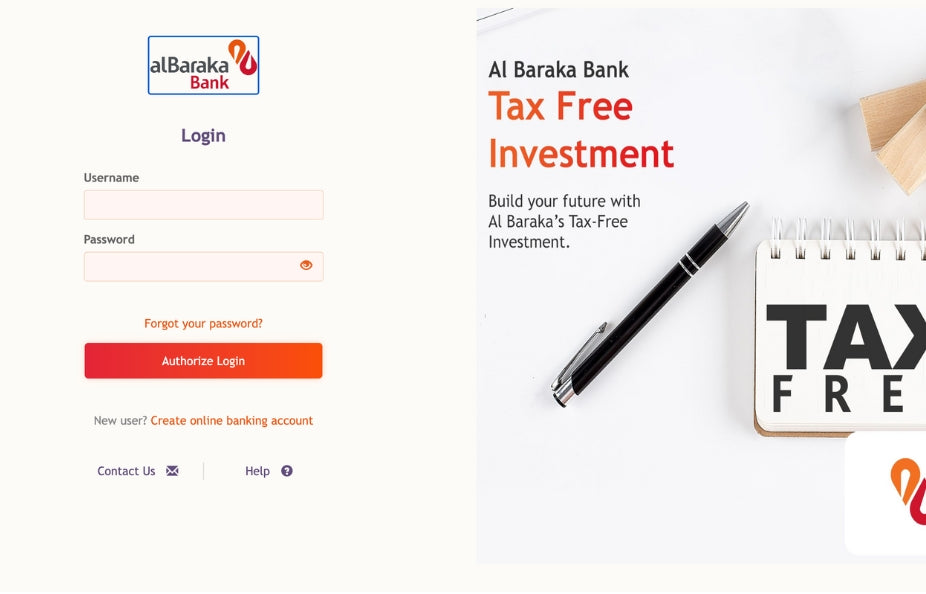An Overview of Capital Gains Tax
Mohamed Raees Hussain | Attorney – Legal Division

In South Africa, taxpayers account to the South African Revenue Service (“SARS”) in respect of annual income tax. This tax is determined in relation to a taxpayer’s gross income, which is defined in section 1(1) of the Income Tax Act, 58 of 1962 (“the Act”), as the total amount, in cash or otherwise, received by or accrued to a resident during a year of assessment which is not of a capital nature.
In the event of any amount being of a capital nature, then its treatment in terms of accounting to SARS differs which is governed by its own rules and principles and is known as Capital Gains Tax (“CGT”).
To avoid issues with SARS specifically penalties, it is not only important to understand what CGT is, but what gives rise to this tax and how to correctly account to SARS in respect thereof. These important aspects of CGT are summarised hereunder.
What is Capital Gains Tax?
CGT is a tax that applies to the disposal of an asset on or after 1 October 2001 when it was introduced in South Africa.
CGT is not a separate tax and forms part of income tax. This is evidenced in Section 26A of the Act which states that a taxable capital gain of a person must be included in that person’s taxable income for that year of assessment.
For purposes of CGT, an asset includes:
“(a) property of whatever nature, whether movable or immovable, corporeal or incorporeal, excluding any currency, but including any coin made mainly from gold or platinum; and
(b) a right or interest of whatever nature to or in such property.”
What triggers Capital Gains Tax?
CGT is triggered by the disposal of an asset which includes inter-alia disposals in the following manner:
- Sale,
- Donation,
- Expropriation,
- Death,
- Ceasing to be a resident, and
- Loss or destruction.
Who is liable for Capital Gains Tax?
CGT applies to individuals and entities (trusts, companies, close corporations).
Both residents and non-residents are subject to capital gains tax. Whilst residents are taxed on capital gains arising out of the disposal of assets situated anywhere in the world, non-residents are only taxed on capital gains arising out of certain assets situated in South Africa.
In this regard, a non-resident will be subject to a withholding tax upon the disposal of any immovable property within South Africa on the amount payable to him.
What is Capital Gains Tax paid on?
CGT is paid on the profit arising from the disposal of an asset.
Once the taxable capital gain is determined, a percentage thereof (currently 40% for natural persons and special trusts) is added to income in the determination of taxable income. This percentage is known as the inclusion rate.
In the event of a loss on the disposal of an asset, this must still be declared however, this assessed capital loss is not utilized in the determination of taxable income but will be carried forward and offset against any future capital gains.
Capital vs Revenue:
In the determination of whether a disposal of an asset will be subject to capital gains tax, it becomes necessary to determine whether the disposal of that asset amounts to a capital or revenue gain as no indication is given by legislation as to whether the gain is to be capital or revenue in nature.
The onus of proving whether the disposal of an asset was capital or revenue in nature lies with the taxpayer and as such it is necessary to firstly determine whether that disposal is revenue in nature by applying the basic principles of income tax and determining the intention of the acquisition of the asset.
Primary Residence and other Exclusions:
The annual exclusion for natural persons and special trusts is currently R40,000.00. The exclusion for a natural person in the year of death is increased and is currently R300,000.00. The annual exclusion is applied to the net capital gain or loss prior to the inclusion rate (currently 40% for natural persons and special trusts) being applied.
The Eight Schedule of the Act allows for certain exclusions on capital gains, which includes a R2million exclusion on the disposal of a primary residence owned by a natural person or special trust.
Other exclusions include inter-alia:
- Retirement benefits,
- Personal use assets, and
- Small business assets or an interest in a small business (subject to limitations).
How is the profit or loss calculated?
When CGT is triggered, the ultimate gain or loss on the disposal of that asset is calculated on the difference between the selling price and the base cost (purchase price plus certain expenses).
In determining a capital gain or loss, four requirements have to be met:
- There has to be an asset, which is defined in Paragraph 1 of the Eighth Schedule of the Act;
- There must be a disposal of the asset during the year of assessment;
- The base cost of the asset must be ascertained as per Part V of the Eighth Schedule of the Act; and
- The proceeds on disposal of the asset must be determined, which determination is done in terms of Part VI of the Eighth Schedule.
The following illustration summarises the calculation process:

When must Capital Gains Tax be paid?
As CGT forms part of income tax, there is no separate tax that must be paid, however it must be accounted for and declared with the annual income tax assessment and paid (if applicable).
Conclusion:
To ensure tax compliance, it is imperative to account correctly and accurately to SARS, in doing so, it is necessary to ensure that CGT, if applicable is correctly calculated and accounted for, which will not only prevent delays in finalising your tax assessment but also help avoid possible fines/penalties for non-compliance. When in doubt it is best to seek professional advice from a tax Advisor or Accountant in respect of your tax affairs.
The information contained in the article is for information purposes only and should not be construed as advice.


